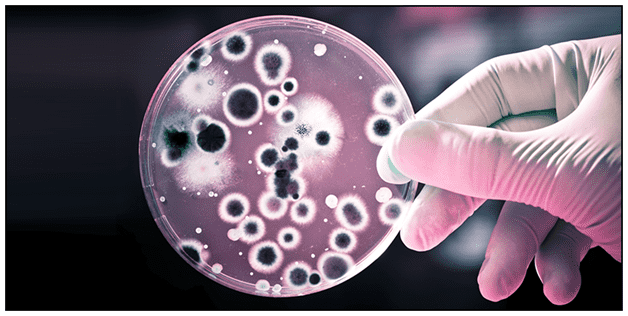
Objective– The main objective of this experiment is to find the various places of bacteria as to where they live. Bacterias are single-celled organisms. These organisms are not visible to our naked eye as they are very tiny. Bacterias serve almost many functions within the environment and also your body, like helping the nutrients in the soil and also in the process of digestion. Some of the bacteria are known to be harmful in nature. This experiment helps you in knowing where the harmful microorganisms live.
Requirements–
- 5 or more cell-culture dish
- Glass dish
- Zipped plastic bags
- Water
- Agar powder
- Labelling tape
- Cotton swabs
- Nitrile disposable gloves
- Marker
Procedure–
- Make use of cotton swabs in order to collect the bacteria samples. To collect the bacteria, wipe the cotton swab on any surface. Find some good locations to get the samples, like handles of a door, train or bus seats, etc. Make use of only a single cotton swab per location. Store each of the cotton swabs in a labelled zipped bag.
- Label your cell-culture dishes with the names of the locations where you got the sample.
- Mix agar powder with water and pour this solution into a small glass dish
- Take another clean, new cotton swab and then wipe a clean cell-culture dish
- Dip this cotton swab in the dish of liquid agar. Later wipe it again on the cell culture and then label it as “control.”
- Clean the small dish. You should not contaminate the agar in between samples.
- Now, Take the collected samples each, dip them in agar solution, and swab labelled petri dish.
- Keep these dishes at room temperature and then record the observations after a few days. By this, you come to know which of the locations have the most bacteria.
Conclusion– Agar acts as a surface for the growing up of bacteria and harmful microorganisms. It is not digested by most organisms, but the packets of agar for the growing up of cells have additives that the bacteria eat and also use to grow.
Comments